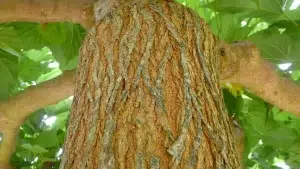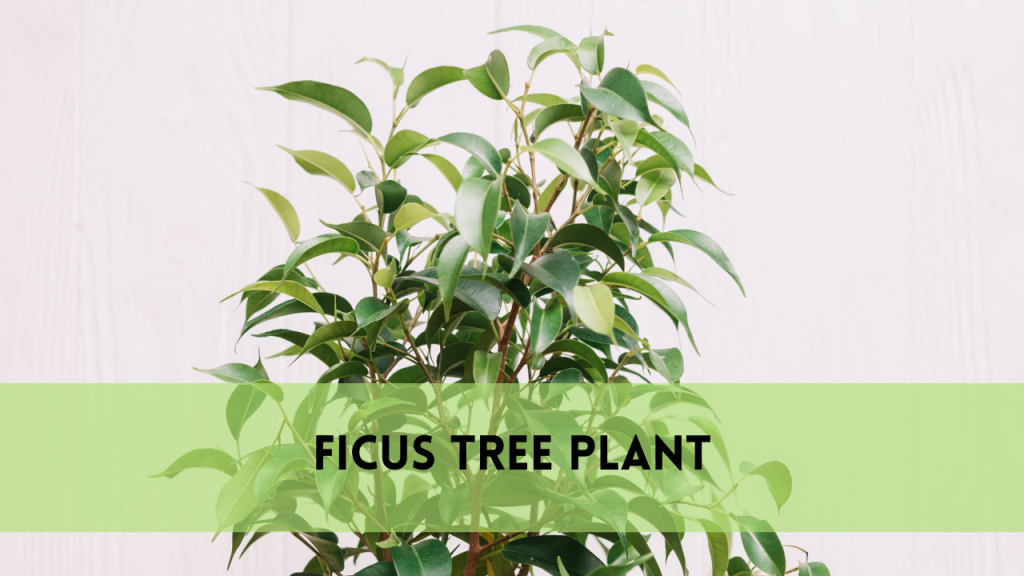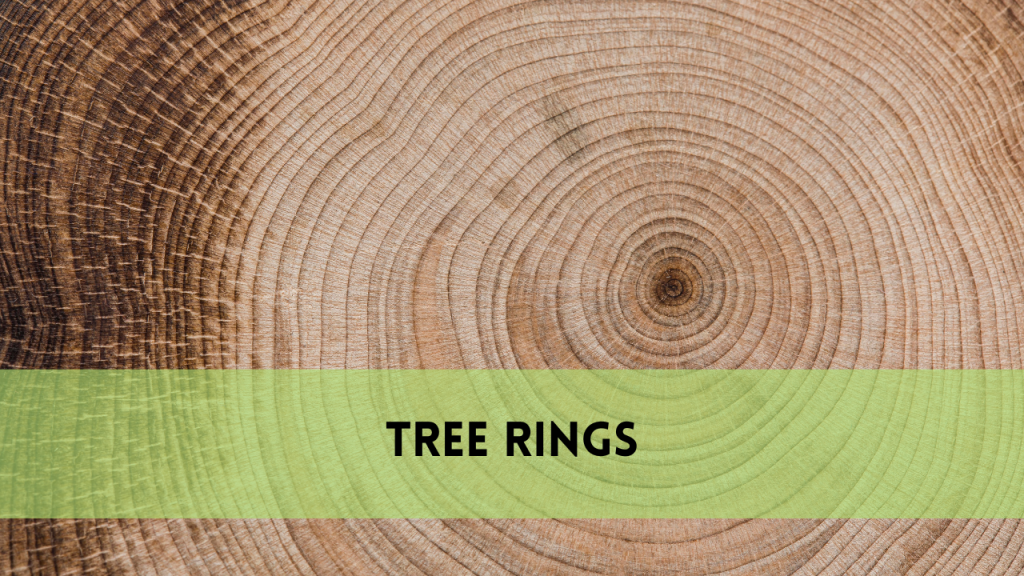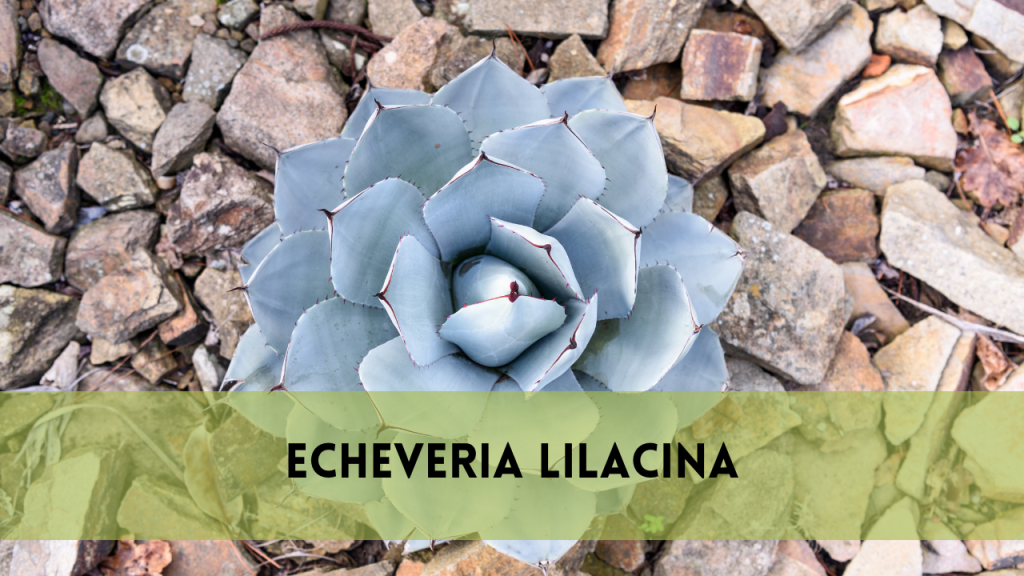Mulberry Tree Bark
Welcome to Arborist Heights, your portal into the intriguing world of mulberry tree bark. Mulberry trees are well-known for their delicious fruits, but their bark also provides a wealth of health advantages. Join us as we explore the history, various usages, and prospective applications of mulberry tree bark. Mulberry tree bark has the potential to benefit a variety of sectors, from traditional herbal treatments to sustainable crafts. Arborist Heights is dedicated to exploring the limitless possibilities of this natural resource while supporting safe harvesting practices. Join us on this journey to explore the benefits of mulberry tree bark and unleash its full potential for health, well-being, and creativity.
Economic Importance of Mulberry Tree Bark
Mulberry tree bark is economically significant because of its numerous applications in a variety of industries, including:
Traditional Medicine: Traditional medical systems around the world employ mulberry bark extracts due to their potential health benefits, creating a demand for these goods.
Herbal Remedies: The alleged medical benefits of mulberry tree bark in herbal remedies contribute to the growth of the herbal supplement market.
Cosmetics: The antioxidant and anti-inflammatory characteristics of mulberry bark extracts make them appealing to consumers seeking natural components in skincare and haircare products.
Crafts like basket weaving and papermaking use mulberry bark, fostering artisanal industries and cultural traditions.
Pharmaceuticals: Active chemicals isolated from mulberry bark may have medicinal potential, driving research and development in the pharmaceutical industry.
Sustainable Industry: The sustainable collection and processing of mulberry tree bark benefits local economies while encouraging environmental conservation and biodiversity.
Characteristics of mulberry tree bark
Mulberry tree bark has a distinct texture and color that vary according to the type and age of the tree. When young, it is smooth and grayish-brown, then roughens and darkens with age. As the tree matures, the bark frequently develops furrows and ridges, which contribute to its characteristic appearance. When peeled, the inner bark may expose colors of reddish-brown or orange. Mulberry tree bark is thin compared to other tree species, it is resilient and durable. Its flexibility allows it to tolerate environmental stresses like wind and weather changes. Traditional medicine and crafts have also utilized mulberry tree bark due to its fibrous texture and potential therapeutic properties.
Mulberry tree bark has medicinal properties
Mulberry tree bark has anti-inflammatory properties, making it beneficial for reducing inflammation associated with various conditions. Antiviral: Compounds found in mulberry bark have shown antiviral activity against certain viruses, suggesting their potential in combating viral infections.
Antioxidant: Mulberry bark contains antioxidants that help to neutralize harmful free radicals in the body, protecting cells from oxidative damage.
Antimicrobial: Studies have indicated that extracts from mulberry tree bark possess antimicrobial properties, inhibiting the growth of certain bacteria and fungi.
Digestive Aid: Traditional medicine systems have used mulberry bark to aid digestion and alleviate gastrointestinal discomfort.
Cardiovascular Support: Some research suggests that mulberry bark extracts may have cardiovascular benefits, such as reducing cholesterol levels and improving blood circulation.
Wound Healing: Due to its potential to promote tissue regeneration and accelerate the healing process, people have used mulberry bark topically for wound healing. Immunomodulatory: The compounds present in mulberry bark may modulate the immune system, potentially improving immune function and overall health.
Harvesting and Processing Mulberry Tree Bark
Mulberry tree bark is judiciously removed, usually from older trees, to minimize tree damage and ensure long-term viability.
During the dormant season, typically late winter or early spring, when the tree’s development is slow and the bark is less likely to peel, harvesting typically takes place.
We gently remove the outer bark from the tree trunk, leaving the inner bark layer intact Using specialized tools or by hand.
We set out the harvested bark to dry in a well-ventilated area away from direct sunlight, to prevent mold and mildew formation,
To prepare the bark for a variety of uses, grind or shred it after drying.
We keep processed mulberry tree bark cool and dry until it’s ready for use.
Sustainable harvesting procedures are critical for the long-term health and viability of mulberry tree populations, as well as the environments in which they live.
Mulberry Tree Bark in Herbal Remedies
Herbal medicine systems around the world have long used mulberry tree bark, and they highly recognize its potential therapeutic benefits.
Anti-inflammatory: According to legend, mulberry bark has anti-inflammatory properties that make it effective in treating conditions related to inflammation, such as arthritis and sore muscles.
Mulberry bark-based herbal medicines are commonly used to promote good digestion and relieve gastrointestinal discomfort.
Antioxidants found in mulberry tree bark help shield cells from oxidative damage from free radicals and may reduce the risk of chronic diseases.
Herbal medicines for respiratory issues like coughs, colds, and asthma use mulberry bark due to its expectorant and bronchodilator properties.
Blood Sugar Regulation: According to some research, chemicals found in mulberry bark may help regulate blood sugar levels, making it useful for people with diabetes or insulin resistance.
Mulberry bark herbal medicines may benefit heart health by lowering cholesterol, increasing blood circulation, and decreasing the risk of cardiovascular disease.
Mulberry tree bark extracts
Extraction Methods: A variety of extraction processes, such as maceration, percolation, and solvent extraction, yield mulberry tree bark extracts.
Concentration: After extraction, the resultant solution is frequently concentrated to boost the extract’s efficacy.
Standardization: We can standardize mulberry bark extracts to guarantee consistent levels of active components such as flavonoids and polyphenols.
Formulations: Extracts can be prepared in a variety of forms, including tinctures, powders, capsules, and topical creams, for ease of administration and application. Formulations aim to enhance the bioavailability of active ingredients, facilitating their maximum absorption and effectiveness.
Quality Control: The extraction and formulation processes employ quality control techniques to guarantee the purity, potency, and safety of mulberry tree bark extracts.
Mulberry bark extracts have the potential for use in herbal medicine, nutritional supplements, functional foods, and cosmetic goods due to their supposed health advantages.
Mulberry tree bark supplements
Nutritional Support: Supplements made from mulberry tree bark aim to offer a concentrated source of the flavonoids, polyphenols, and vitamins that are present in mulberry bark.
Convenience: Supplements provide a practical approach to incorporating mulberry tree bark into one’s daily routine, particularly for those who do not have access to fresh mulberry bark or prefer a consistent dosage.
Dosage Control: Supplements allow for exact dosage control, ensuring constant ingestion of mulberry bark extract while eliminating the variability associated with natural sources.
Mulberry bark supplements are said to have a variety of health benefits, including antioxidant support, anti-inflammatory properties, blood sugar management, and cardiovascular protection.
Safety: We subject high-quality supplements to rigorous testing and quality control techniques to verify their purity, potency, and customer safety.
Consultation: Before beginning any new supplement regimen, consult with a healthcare practitioner, especially if you have an underlying health problem or are taking medication.
Conservation of Mulberry Tree Bark Resources
Conservation of mulberry tree peel resources is critical to ensuring the sustainability of these rich natural assets.
Sustainable Harvesting Practices: Using sustainable harvesting practices, such as selective harvesting and optimum scheduling, helps to reduce the impact on mulberry tree populations and ecosystems.
Reforestation Efforts: Replanting mulberry trees in impoverished regions can help restore populations and preserve biodiversity.
Community Involvement: Encouraging local communities to participate in conservation activities through education, training, and incentives promotes stewardship and ethical harvesting.
Legal Protection: By creating and enforcing legislation to protect mulberry tree habitats and restrict harvesting activities, we can prevent overexploitation and habitat loss.
Research and Monitoring: Studying mulberry tree populations, their ecological roles, and the effects of harvesting serves to guide conservation plans and track the efficacy of conservation initiatives.
Collaboration: Working with stakeholders such as governments, conservation organizations, and indigenous groups encourages coordinated conservation efforts and ensures the long-term viability of mulberry tree bark resources.
Related Posts:
Sustainable Harvesting Practices for Mulberry Tree Bark
Sustainable harvesting procedures for mulberry tree bark are critical to preserving these resources for future generations and maintaining ecological equilibrium.
Selective Harvesting: We harvest only mature trees, allowing younger trees to flourish and replenish the population.
Rotation: Using rotation cycles reduces the risk of overexploitation by allowing harvested regions to recover before harvesting again.
Seasonal Timing: Harvesting occurs during specified seasons when the bark is most favorable for extraction, reducing tree damage and increasing resource utilization.
Minimal Impact Techniques: Using gentle extraction procedures and avoiding undue damage to tree bark and the surrounding ecology helps to reduce environmental effects.
Monitoring and Regulation: Regularly monitoring mulberry tree populations and following harvesting regulations guarantee that extraction rates are sustainable and do not exceed natural regeneration capability.
Community involvement: Involving local people in harvesting activities and providing training on sustainable techniques promotes stewardship and ensures long-term commitment to conservation efforts.
FAQS
Is mulberry tree bark used for herbal medicine?
Indeed, traditional herbal medicine uses mulberry tree bark due to its medicinal properties.
How is mulberry bark harvested?
Mature trees typically have their mulberry tree bark purposefully removed using specialized tools or by hand, taking care not to damage the tree.
What are the advantages of mulberry tree bark?
According to reports, mulberry tree bark has antioxidant, anti-inflammatory, and digestive properties, among other things, making it potentially beneficial for health and wellness.
Can you use mulberry bark in crafts?
Crafts like basket weaving and papermaking commonly utilize mulberry tree bark due to its fibrous nature and distinct texture.
Conclusion
Mulberry tree bark is a versatile resource with a wide range of applications, including traditional herbal medicine and artisanal crafts. Its potential therapeutic capabilities and sustainability make it a useful asset in a variety of fields. Arborist Heights understands the importance of sustainable harvesting procedures and the ethical use of mulberry tree bark to ensure its preservation for future generations. Mulberry tree bark provides unlimited opportunities for natural cures and creative projects.





